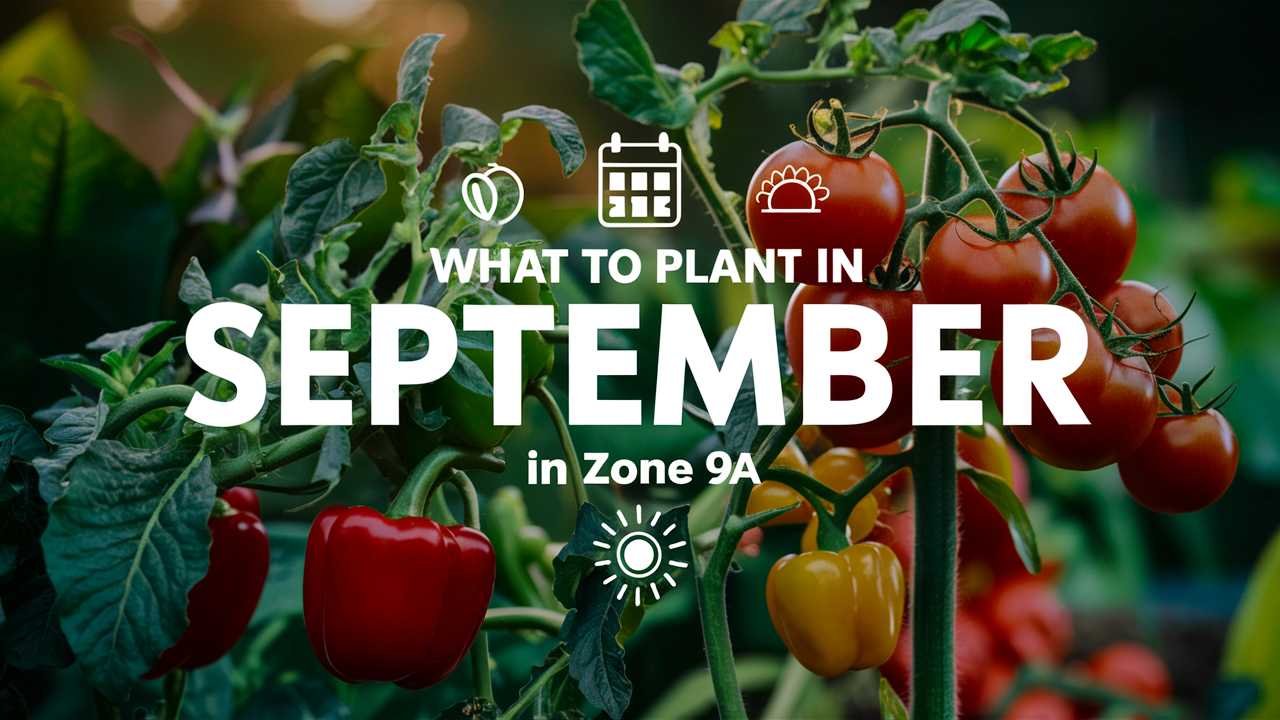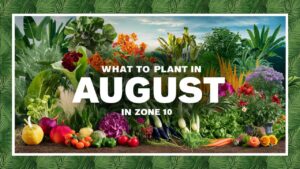As the days grow shorter and temperatures begin to cool, gardeners have the perfect opportunity to sow seeds and transplant seedlings that thrive in these conditions. Let’s delve into the best plants that can be successfully planted in Zone 9a this September.
Vegetables To Plant
When it comes to vegetables, many options are available for planting in September. The key is to choose varieties that can handle the changing temperatures and shorter days.
Broccoli

Broccoli is a cool-season vegetable that thrives in temperatures between 60°F and 70°F. In Zone 9a, you can start seeds indoors or directly sow them into the garden this month. Broccoli does well with a well-drained, fertile soil enriched with compost. Expect a harvest in about 60 to 90 days after planting. It’s also worth noting that broccoli offers a wealth of nutrients, making it a smart addition to your fall garden.
Kale
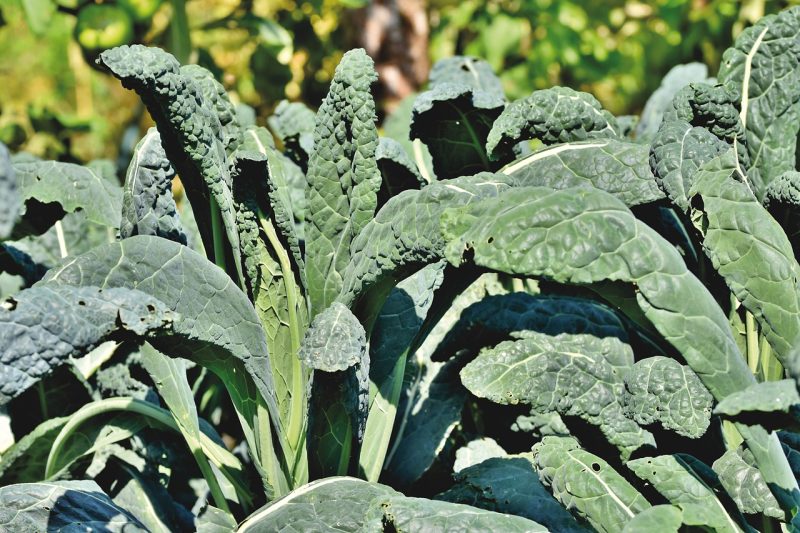
Kale is another excellent choice for September planting. Known for its hardiness, it can withstand temperatures down to 20°F. Planting kale now allows for a staggered harvest, as you can start continuing to harvest leaves even after the frost hits. Opt for a full-sun location, and be sure to keep the soil consistently moist. The leafy greens of kale are perfect for salads and cooked dishes alike.
Carrots

Carrots are a great root vegetable to sow in September, as they thrive in cooler soil. Plant the seeds about ¼ inch deep in loose, well-draining soil. Depending on the variety, expect to harvest them in about 60 to 80 days. Additionally, carrots can improve their flavor with exposure to cold, making them particularly delicious if harvested after a frost.
Lettuce

Lettuce is a fast-growing crop that adapts well to the cooler weather of fall. Smooth-leaved and frilly varieties do well when planted in September, and you can expect to begin harvesting 30 to 60 days after sowing. It’s best to plant them in well-drained soil that gets plenty of sun but can also tolerate some shade to prevent bolting.
Swiss Chard

This vibrant, leafy vegetable thrives in the cooler temperatures of fall. Chard can be grown in both sun and partial shade and is tolerant of frost. Seedlings that are planted in September can produce leaves for several months. The versatility of Swiss chard allows it to be used in salads, soups, and stir-fries, providing a nutritious and colorful addition to your meals.
Beets
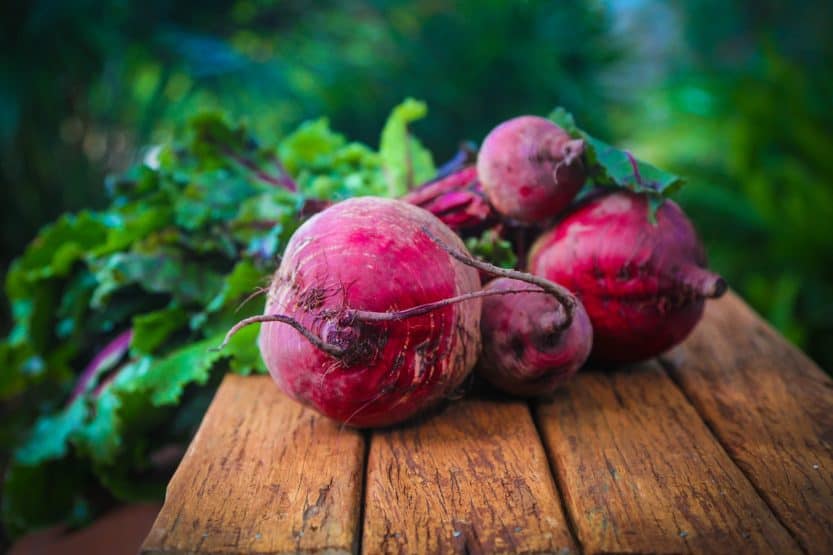
Beets are a root vegetable that is well-suited for planting in September. They prefer cooler conditions for optimal growth, and the soil temperature should be around 50°F to 85°F. You can begin harvesting beets within about 50 to 70 days of sowing, and their greens can also be harvested early, serving as a nutrient-rich addition to salads.
Spinach

With its quick growth cycle, spinach is perfect for the cooler months ahead. This leafy green can be planted directly into the soil in September, and you can expect to harvest within four to six weeks. Spinach is known for its resilience to frost, which means that even as temperatures drop, you can continue to enjoy fresh greens from your garden.
Radishes

Radishes are among the fastest-growing crops and can be sown in September for a late fall harvest. Most varieties mature within 30 to 40 days, making them an excellent choice for succession planting. Radishes thrive in loose, well-drained soil and prefer cooler weather, making September the ideal time to plant.
Garlic
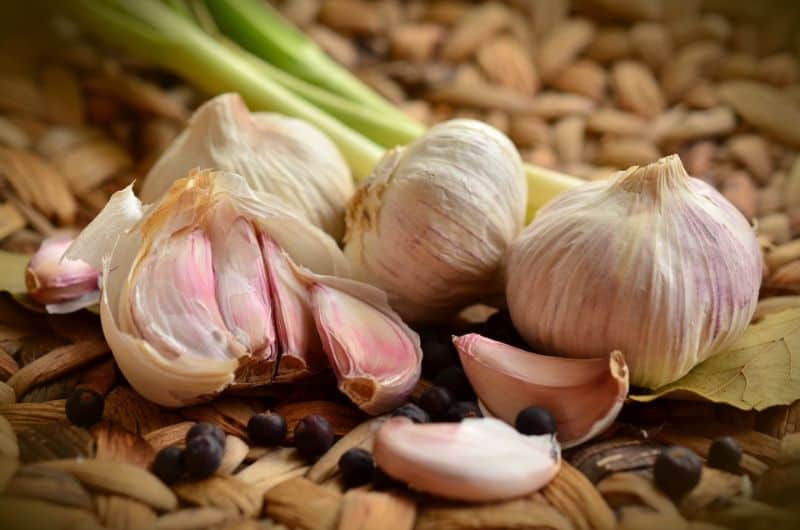
While garlic is typically planted in the fall, it’s worth mentioning for September planting because it’s the perfect time to prepare for next year’s harvest. Garlic prefers well-drained soil with good organic matter. Plant individual cloves directly into the ground, and they will establish roots before the winter. By the summer months, you’ll be ready to reap a bountiful harvest of this essential kitchen staple.
Green Beans
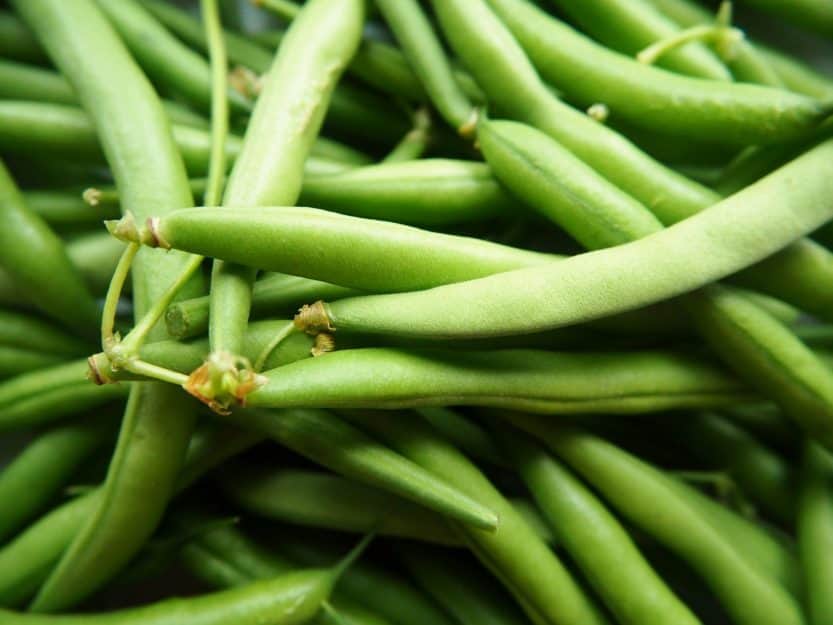
Green beans, particularly the bush varieties, can be planted in early September for a late fall harvest. They thrive in well-drained soils and require full sun exposure for optimal growth. A bush bean plant typically produces a crop in about 50 to 60 days, making them a quick and rewarding addition to your garden in Zone 9a.
Flowers To Plant
September is also an excellent month to plant various flowers that will provide color and beauty throughout the autumn months and into the winter.
Pansies

Pansies are a popular choice for fall planting in Zone 9a. These cheerful, colorful flowers can tolerate temperatures down to 25°F, making them perfect for planting this month. They will bloom beautifully throughout the cooler months and can serve as a vibrant ground cover for garden beds or borders.
Snapdragons
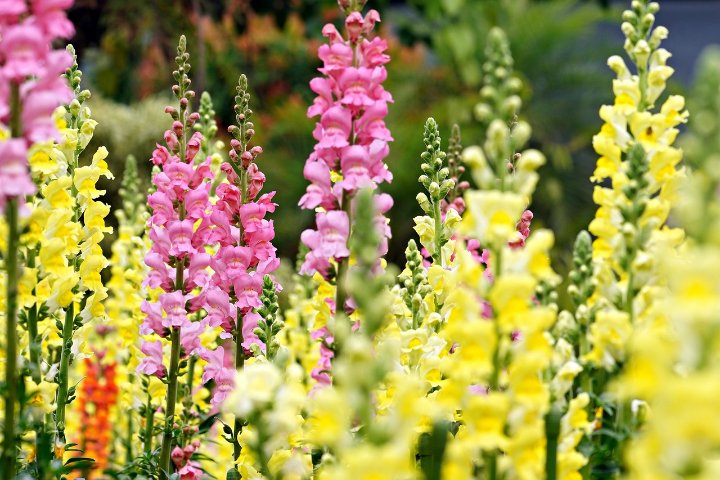
Snapdragons are ideal for planting in September as they thrive in cooler weather. These flowers can endure light frosts and come in a variety of colors, making them great for adding visual interest to your garden. Plant them in well-drained soil, and expect them to produce blooms by late winter to early spring.
Dianthus
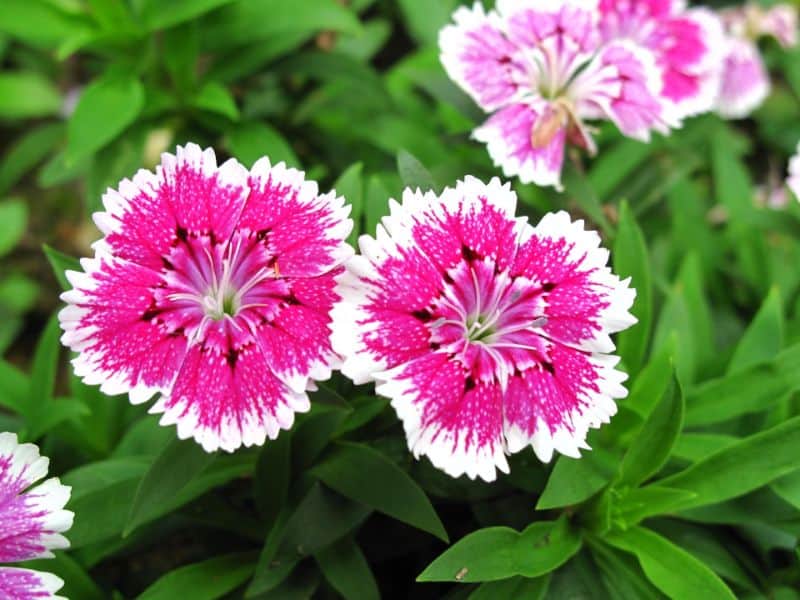
With their sweet fragrance and colorful blooms, dianthus flowers are perfect for September planting. They prefer full sun and well-drained soil, and they can survive temperatures down to 20°F. These flowers will continue to bloom into the late fall and even early spring, depending on the variety.
Ornamental Kale
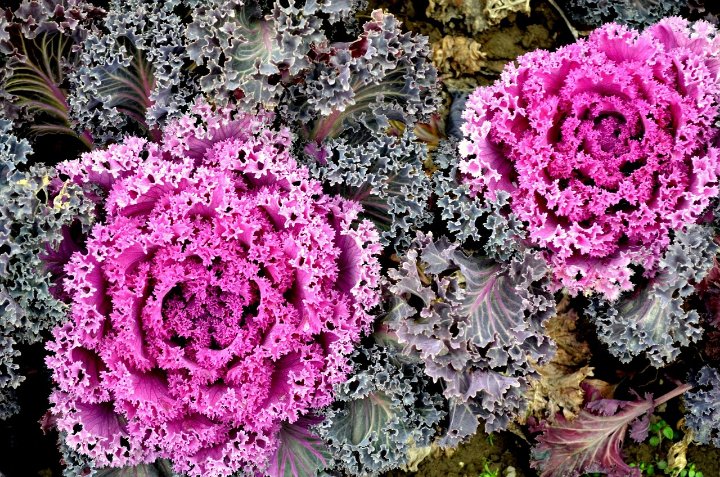
Ornamental kale provides a unique look with its colorful, crinkled leaves. This plant is tolerant of cooler temperatures, thriving in the fall garden. Ornamental kale can create stunning visual displays in garden beds and containers alike and can withstand temperatures as low as 20°F.
Cyclamen

With their lovely blooms and attractive foliage, cyclamen are an excellent choice for shady areas. These vibrant flowers can bloom from fall through spring, providing long-lasting beauty. Cyclamen can tolerate temperatures down to 20°F, making them a hardy option for September planting.
Marigolds

Marigolds are known for their brightness and ability to repel pests, making them an excellent companion plant for vegetables. Plant these resilient flowers in September to enjoy their cheerful blossoms throughout the fall months. They thrive in well-drained soil and bright sunlight, flowering until the first frost.
Asters
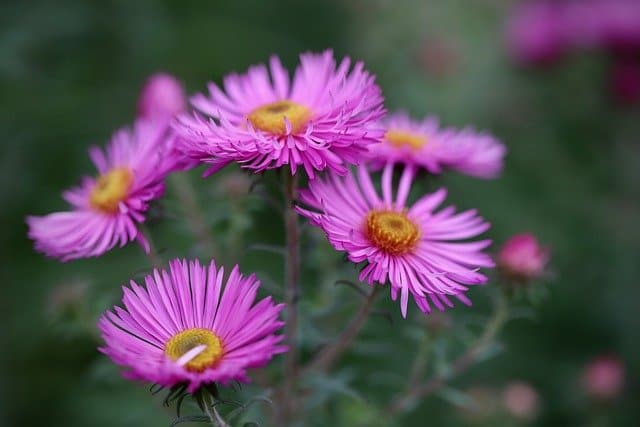
Asters are stunning perennial flowers that bloom in late summer to fall, adding a splash of color when many other plants begin to fade. They are hardy and can tolerate light frosts, making them a perfect September planting option. Asters attract pollinators and can thrive in a variety of soil types.
Chrysanthemums

Chrysanthemums, or “mums,” are quintessential autumn flowers. These hardy perennials can thrive in the cooler temperatures of September and can withstand temperatures down to 20°F. Planting them now ensures a brilliant display of color in your garden just in time for fall festivities.
Sedum

Sedum, or stonecrop, is a succulent that is well-suited for hot, dry conditions. Planting sedum in September allows them to establish roots before the cooler months set in. These low-maintenance plants produce stunning clusters of flowers that attract pollinators and offer a unique texture to the garden.
Ornamental Grasses
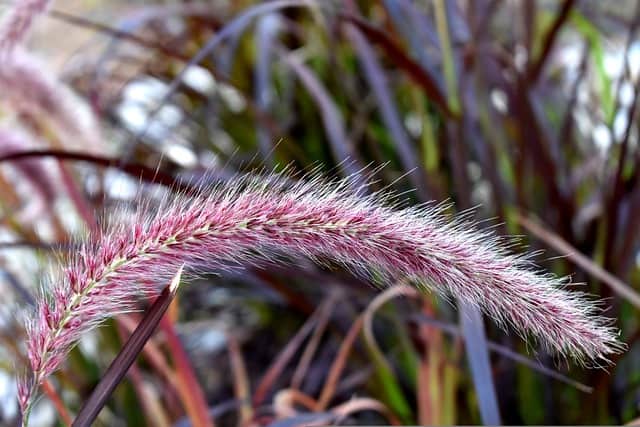
Ornamental grasses like Pampas grass or Fountain grass are fantastic landscape additions that can be planted in September. They thrive in various soil types and require minimal care, making them perfect for busy gardeners. Ornamental grasses can provide height, movement, and visual interest to your garden throughout the fall and beyond.
Herbs To Plant
Herbs add flavor to your kitchen and beauty to your garden. Planting herbs in September allows you to establish a fresh supply before the cooler weather sets in.
Basil
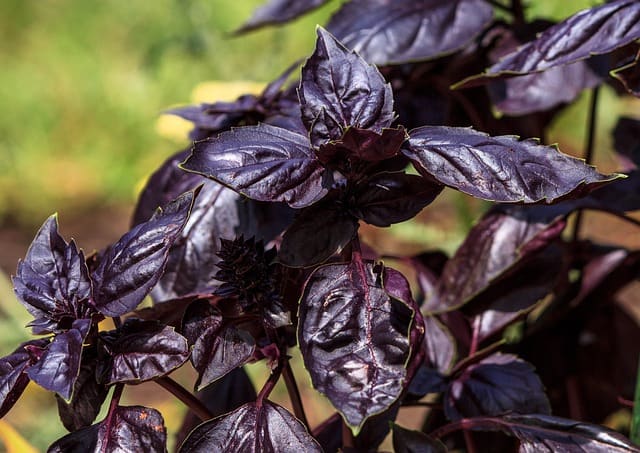
Though basil generally thrives in warmer temperatures, September can be a good time to plant quick-maturing varieties. If the weather is still warm, you might be able to enjoy a final harvest before the first frost. Basil prefers well-drained, nutrient-rich soil and can deliver a bountiful supply of flavor to your dishes.
Chives
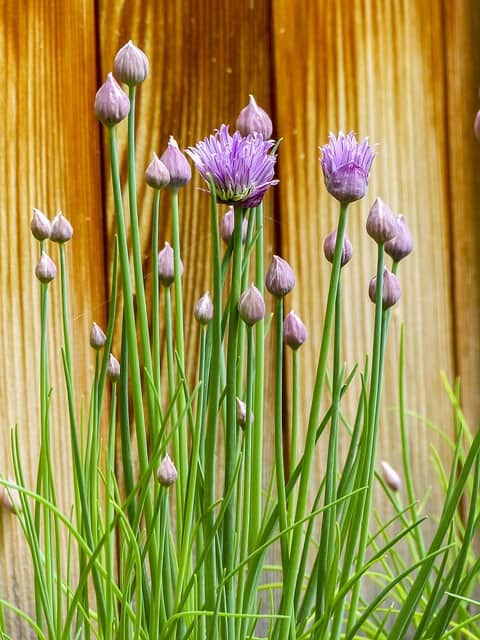
Chives are hardy perennial herbs that can be planted in September. They thrive in well-drained soil and can withstand cold temperatures, making them a great choice for fall planting. Chives’ mild onion flavor complements a variety of dishes, and the pretty purple flowers can add beauty to your garden.
Cilantro

Cilantro is a cool-weather herb that does exceptionally well in Zone 9a when planted in September. This herb loves full sun and can be harvested in about three weeks after sowing. Cilantro thrives in well-draining soil and adds a fresh flavor to culinary dishes, making it a favorite among many gardeners.
Parsley

Parsley is a biennial herb that is best planted in early fall. In Zone 9a, September is an ideal time to sow seeds directly into the garden. Parsley prefers full sun and well-drained soil, and it can provide a continuous supply of fresh greens for several months. The dark green, aromatic leaves are perfect for garnishing dishes.
Thyme
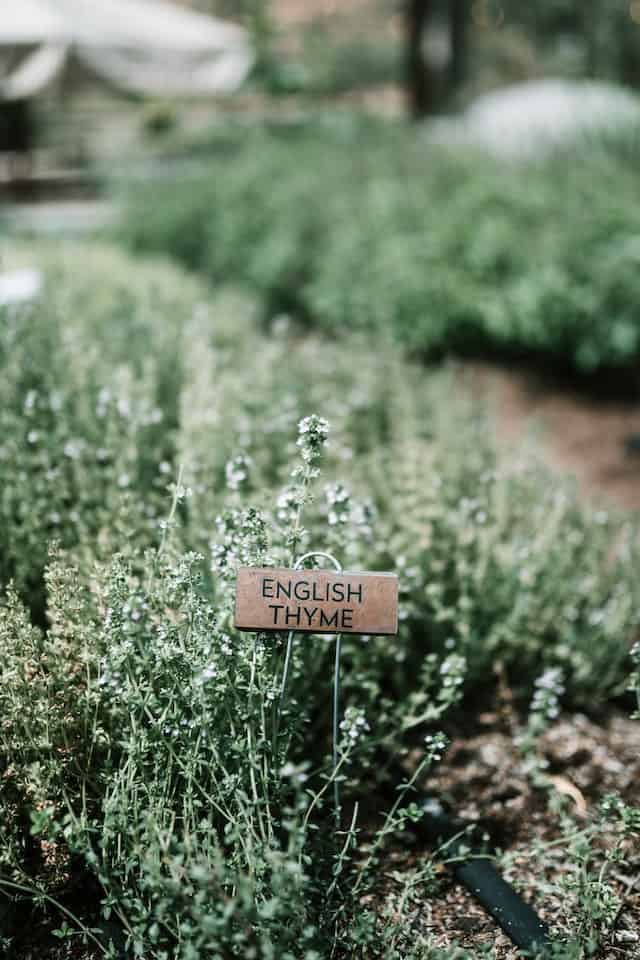
Thyme is a drought-tolerant herb that is perfect for planting in September. This perennial herb can withstand cooler temperatures, making it suitable for fall planting. Known for its robust flavor, thyme thrives in well-drained soil and prefers full sun exposure. These low-maintenance herbs also attract beneficial pollinators to the garden.
Oregano

Oregano is another hardy perennial herb that can be successfully planted in September. They thrive in full sun and well-drained soil, and can handle slightly cooler temperatures. Oregano will continue to grow and thrive through the fall and into the winter months, adding a lovely aroma to your garden.
Dill
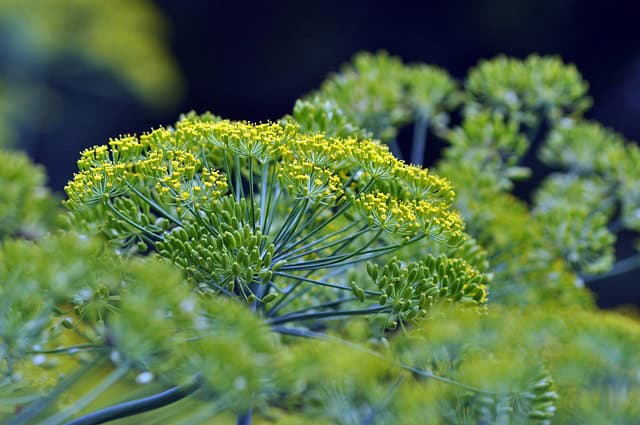
Dill is a fast-growing herb ideal for September planting. This herb prefers full sun and can tolerate light frosts, making it a suitable option for fall gatherings. With a growth cycle of around 40 to 60 days, garden-fresh dill is a delightful addition to salads, marinades, and dishes.
Fennel
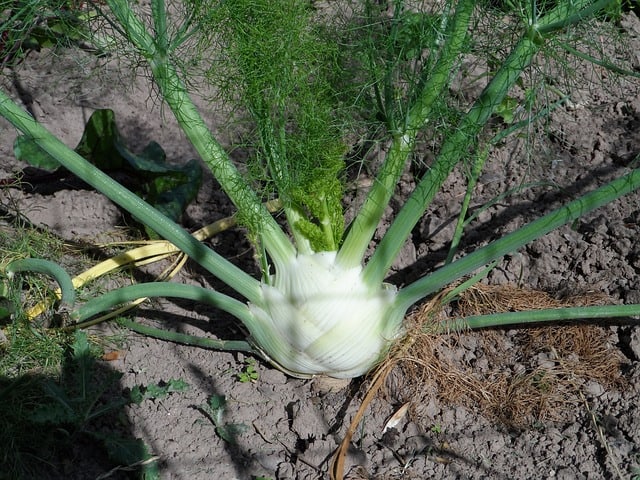
Fennel is not only a culinary herb but also an attractive plant for your garden. Plant seeds in well-draining soil this September; they’ll thrive in both warmer and cooler temperatures. Fennel can produce a harvest in around 80 days, offering both its unique stalks and seeds for flavoring.
Sage

Sage can be planted in September as it adapts well to cooler temperatures. This hardy perennial herb thrives in full sun and well-draining soil. The aromatic leaves of sage are not only great for flavoring a wide array of dishes but also serve as beautiful foliage in the garden.
Mint
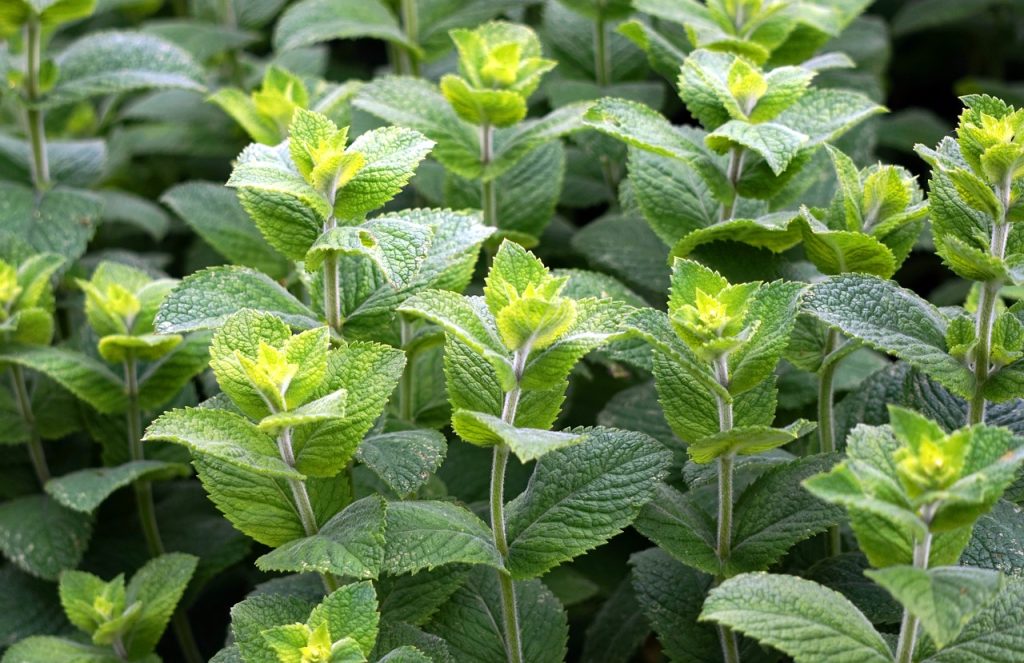
Lastly, mint can be planted this month, although it’s best contained in pots due to its invasive nature. It thrives in several soil types and prefers partial shade to full sun. Planting mint in September allows it to grow roots well before the frost hits, and it can be harvested well into the fall.
Landscape Plants To Plant
Landscaping in September can enhance your garden significantly, offering beauty, shade, and structure. Choosing the right plants is crucial in ensuring a vibrant landscape.
Camellia
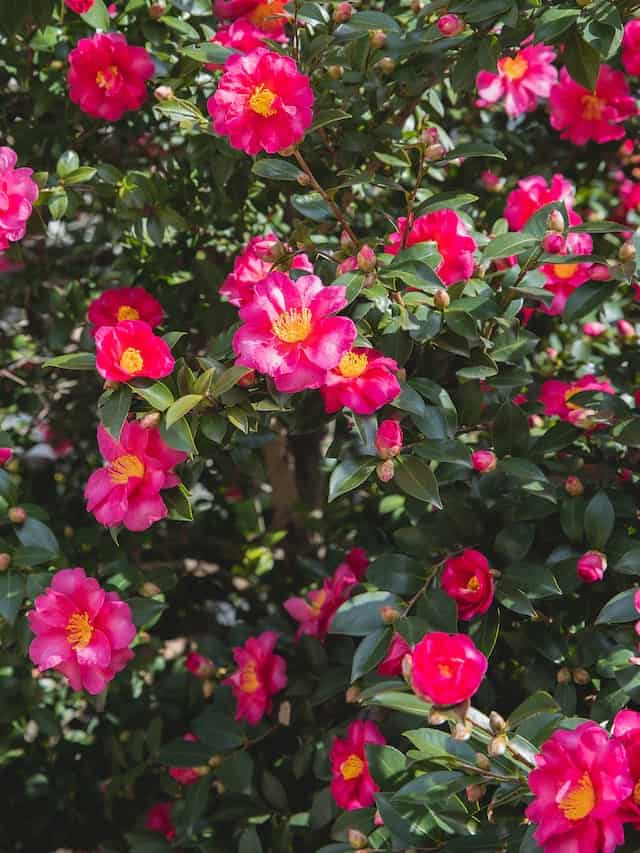
Camellias are an excellent choice for planting during September in Zone 9a. These evergreen plants produce stunning flowers in late winter and spring, providing year-round appeal. Camellias prefer lightly acidic, well-drained soil and thrive in partial shade, making them suitable for areas where other plants may struggle.
Juniper

Junipers are hardy evergreens that can be planted in a variety of landscape areas. Their drought tolerance and adaptability make them perfect for new plantings in September. With numerous varieties available, they can serve as ground covers, shrubs, or even small trees, providing structure and year-round greenery.
Azalea
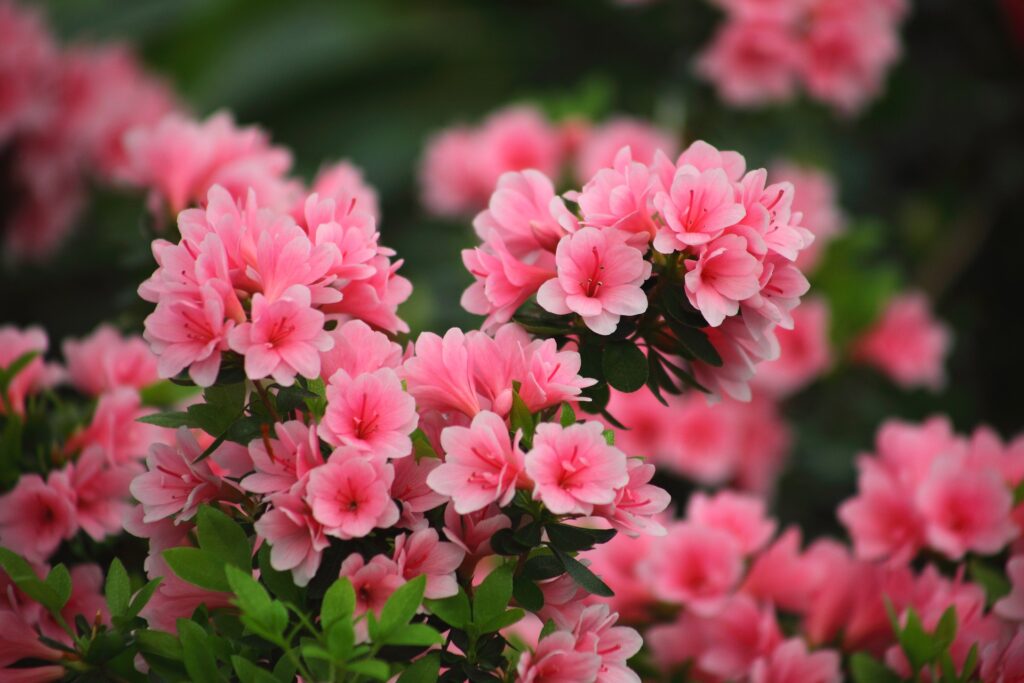
Azaleas are popular flowering shrubs that thrive in moderately acidic soil and partial shade. Planting azaleas in September can give them time to establish roots before winter. Their vibrant blossoms in spring add significant landscape interest and attract pollinators.
Glorybower (Clerodendrum)
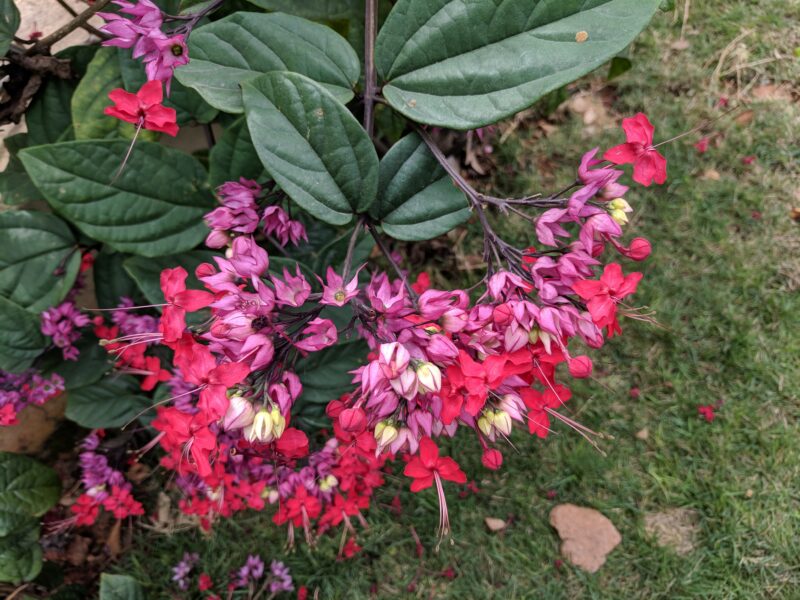
The Glorybower is an unusual shrub with large multicolored flowers, perfect for planting in September. They thrive in well-drained soil and can handle a decent amount of heat, making them suitable for the warmer parts of Zone 9a. The vibrant flowers bloom from late summer to fall, attracting butterflies and adding drama to any landscape.
Daylily
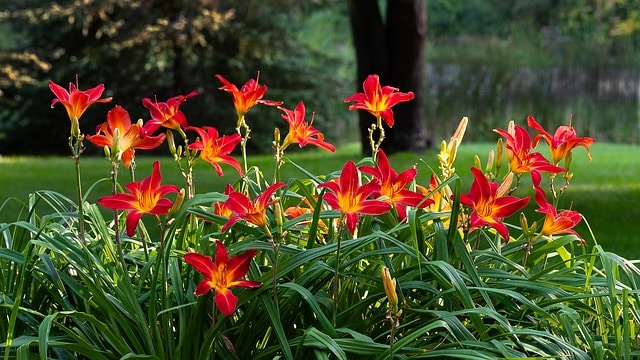
Daylilies are resilient perennials ideal for planting in September. These versatile flowers thrive in various conditions and can withstand drought, making them excellent for low-maintenance landscapes. With numerous varieties available, daylilies can provide long-lasting blooms throughout the summer and early fall.
Flax Lily

Flax Lily is an attractive, clump-forming perennial that thrives in well-drained soil and full sun to partial shade. Planting in September allows the plant to establish itself before the cooler months. Known for its striking blue to purple flowers and grass-like foliage, this plant offers both color and texture in your landscape.
Butterfly Bush
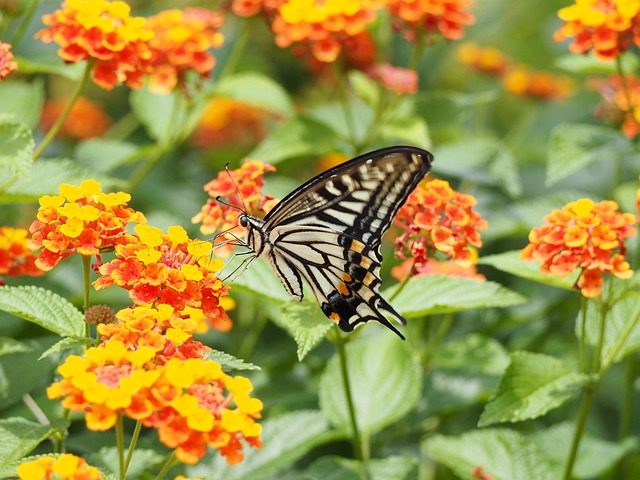
The Butterfly Bush is a fast-growing shrub that produces abundant flowers, attracting pollinators like butterflies, bees, and hummingbirds. September planting allows this plant to establish roots before the winter chills set in. It thrives in well-drained soil and requires full sun to produce its showy blooms.
Irish Moss
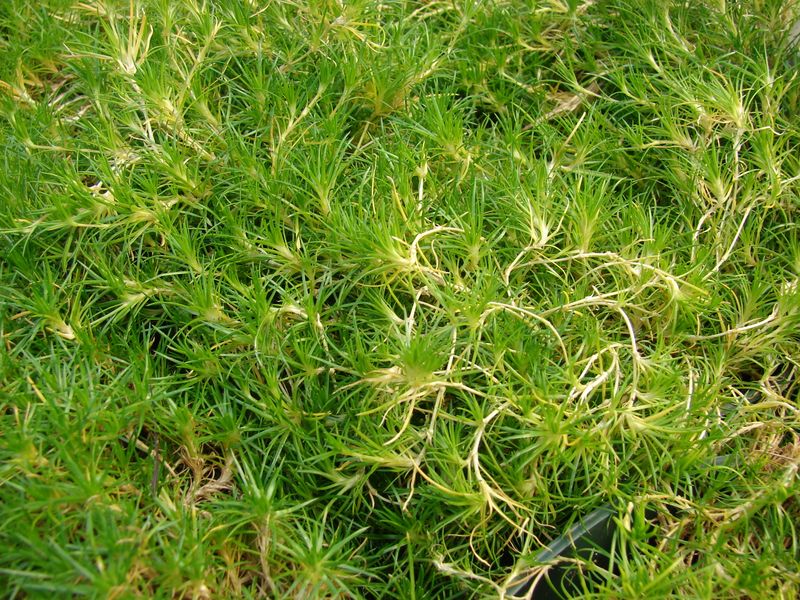
Irish Moss is a ground cover plant that thrives in cooler temperatures. Planting this in September can help establish a vibrant green carpet that can tolerate foot traffic. It prefers well-drained, moist soils and partial shade, making it suitable for shaded areas of your landscape.
Euphorbia
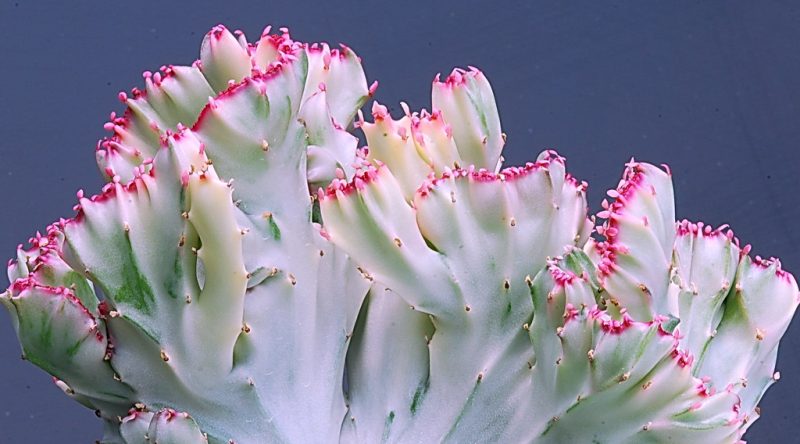
Euphorbia is a diverse genus of plants that can add unique character to your garden. Many varieties are drought-tolerant and thrive in poor soil conditions. Planting in September allows for robust growth through the fall and into the spring. Their interesting foliage and unique flowers can add year-round interest to your landscape.
Nandina
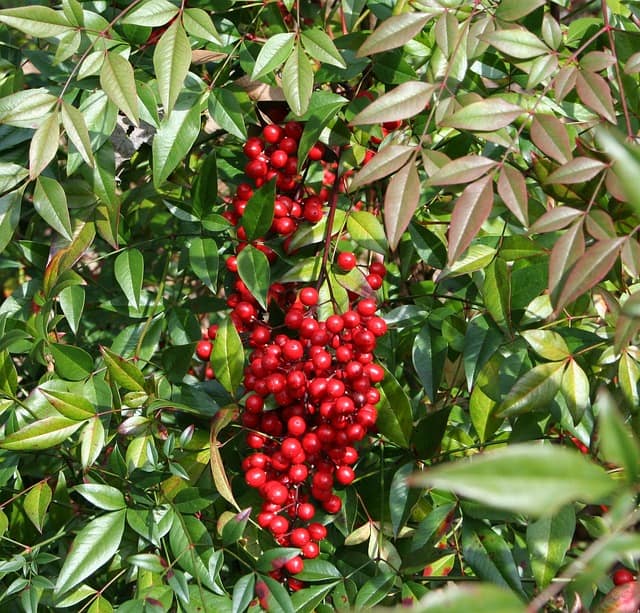
Nandina, or Heavenly Bamboo, is a versatile shrub known for its attractive foliage and stunning red berries. It thrives in a variety of soil types and prefers partial sun to shade. Planting in September allows Nandina to become established before the colder months, offering year-round color and texture to your landscape.


